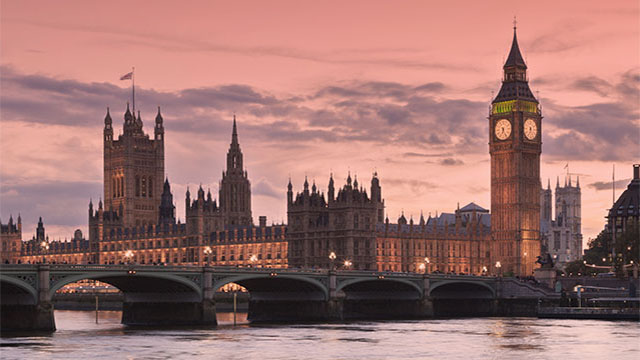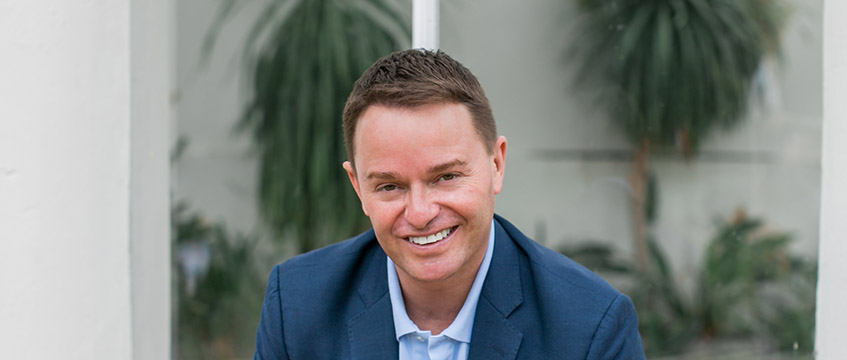Kennedy Wilson is used to being the little-known outsider. It came into being in 1977 as an auction and services business based in Santa Monica, California. Virtually unheard of this side of the Atlantic until last year, which is why no one wanted to comment on it, it suddenly emerged at the vanguard of debt and assets deals in Ireland, taking a stake in the Bank of Ireland and buying the iconic Alliance building in Dublin.
It is now turning its focus on the UK. But what is Kennedy Wilson, how did it make its money and why has it developed a taste for all things Anglo-Irish?
It started out buying small but well-located office buildings in California, where it is still headquartered. Not only were the investments savvy, but it quickly saw the need to divide into two functions: an investment platform and services.
“We end up with mostly financial institutions as our clients on the services side,” says Mary Ricks, president and chief executive of Kennedy Wilson Europe.
Having been with the firm for 22 years, Ricks, formerly head of the Japan business (see panel), moved to the UK earlier this year to lead the European business.
“Whether we’re doing auctions for clients or facilities management, they get to know and trust our company. Then oftentimes, when it’s time to divest on a specific asset, we get the call,” says Ricks.
From the mid-1990s onwards, this has proved a recipe for success. When many companies struggled or collapsed under the pressure of the subprime crisis, Kennedy Wilson grew stronger.
“We actually ended up selling a lot of our portfolio prior to 2007,” replies Ricks when asked how it survived. “There was a lot of capital in the market, and cap rates were going down. The market seemed a bit ‘toppy’ and it felt like a good time to start selling, so we did.”
Kennedy Wilson emerged as one of the most active buyers of real estate secured debt in the US. Between November 2009 and December 2010, it raised around $500m of permanent capital for the company and $1bn of third-party capital, completing acquisitions totalling $2.25bn in the US and Japan.
Its European interest, however, took most commentators by surprise. In its 2010 annual report, there is not a single mention of Europe. Not one dime had been invested in the Continent. Then, in May 2011, it bought Bank of Ireland’s real estate investment management business. The deal added €1.6bn ($2.3bn) of real estate assets under management to its $7.4bn of assets in the US and Japan. In one fell swoop, it in effect founded Kennedy Wilson Europe.
BoI’s debt portfolio
An integral part of the deal was the purchase of Bank of Ireland’s UK debt portfolio. According to a source, this amounted to $1.8bn split in two tranches of $1.4bn and $400m.
Asked what the company acquired as a result of the deal, Ricks says: “BoI did a lot of loans on very high-quality assets, and it did this with very high-quality borrowers – so, if you’re looking to buy a loan book, that’s the kind you want to buy. It didn’t trade at the depressed prices that some of the other books that have sold traded at; we paid a fair price.”
Kennedy Wilson did not stop there. If that deal turned some heads, the next few months made the majority of commentators in the Irish market sit up and ask, “Who is Kennedy Wilson?”
In July 2011, the company joined with Fidelity Investments, The Capital Group, WL Ross & Co and Fairfax Financial Holdings to pay $1.5bn for a 30%-plus stake in BoI. The initiative was the start of a number of partnership deals with Toronto-based Fairfax. “We have the expertise to manage a portfolio like this, so we are the general partner, managing and doing the day-to-day work for all our partners,” says Ricks. Without divulging numbers, she adds: “We did make a large investment ourselves.”
But why the interest in the Irish market? In 2011, 15% of Irish homes were vacant following a boom that saw house prices more than quadruple and a bust that led to the country needing a €67.5bn international bailout.
This was part of the attraction, says Ricks. “There’s a lot of intellectual capital in Ireland, there’s US companies growing their businesses there, lots of smart young people and great tax advantages,” she explains. “So, over the long haul, we believe in Ireland. We met with various Irish banks and it was clear that they needed capital and there were opportunities. We’re looking at buying hard assets now in Ireland. There’s a lot of good real estate there, just revalued.”
Dublin investment
The first hard asset to go was the Alliance building in Dublin. With 210 flats near Google’s European headquarters, the iconic gasworks building was developed and owned by Liam Carroll until Ulster Bank appointed Grant Thornton as receiver. According to The Irish Times, Kennedy Wilson paid €43m for the nine-storey block, which has a rent roll of €3.5m a year.
As one source told Estates Gazette, “I don’t think people thought it was here for hard assets, particularly of that nature. Multifamily deals here are relatively non-existent. After the Alliance building deal, people are very keen to get to know Kennedy Wilson very quickly.”
There are more deals to come. In March, another partnership deal was announced with Fairfax to pursue acquisitions, primarily in the UK and Ireland. Fairfax is providing €250m alongside a 10% co-investment from Kennedy Wilson, which will find and manage the assets.
The market is waiting with bated breath to see what happens next. And Ricks talks the talk.
“We’re not just focused on buying loan pools, although we’re not afraid to do that,” she says. “Anything real estate related – multifamily, office, retail, mixed-use – we’re happy to own all product types directly.”
It seems unlikely that people will be asking “Who is Kennedy Wilson?” this time next year.











